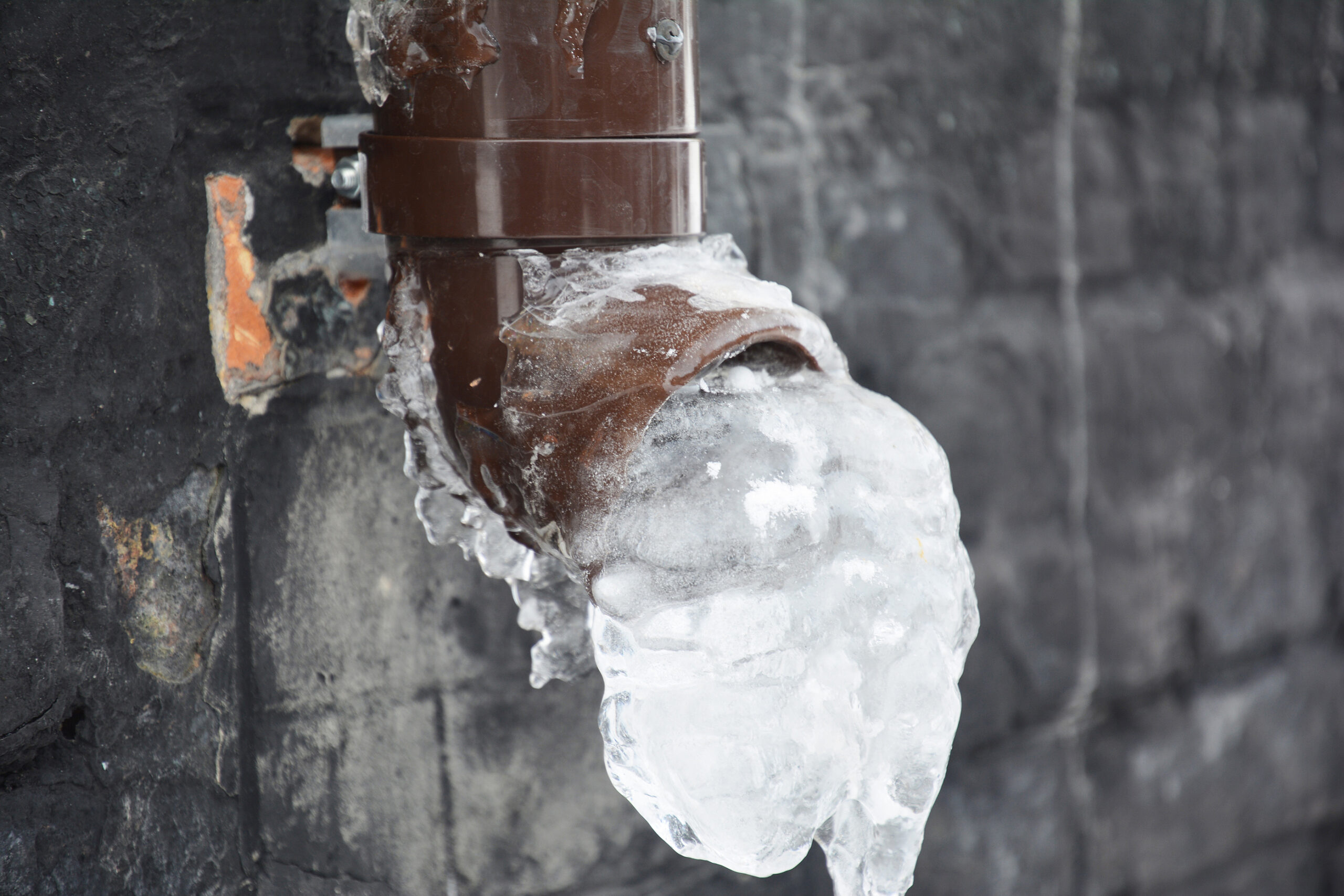Avoiding Frozen Pipes in Cold Weather: Key Tips
Avoiding Frozen Pipes in Cold Weather: Key Tips
Blog Article
Presented here in the next paragraphs you can find more extremely good data in regards to Helpful Tips to Prevent Frozen Pipes this Winter.

Winter can ruin your pipes, specifically by freezing pipes. Right here's exactly how to avoid it from taking place and what to do if it does.
Intro
As temperature levels decrease, the danger of frozen pipelines increases, potentially causing pricey repairs and water damage. Understanding how to prevent frozen pipelines is crucial for property owners in cold climates.
Prevention Tips
Shielding vulnerable pipelines
Cover pipes in insulation sleeves or utilize heat tape to protect them from freezing temperature levels. Focus on pipes in unheated or exterior locations of the home.
Home heating strategies
Maintain indoor spaces properly heated up, especially areas with pipes. Open up closet doors to allow cozy air to flow around pipes under sinks.
How to determine frozen pipes
Seek lowered water circulation from taps, uncommon smells or sounds from pipelines, and visible frost on subjected pipes.
Long-Term Solutions
Structural modifications
Consider rerouting pipes away from exterior wall surfaces or unheated areas. Include added insulation to attic rooms, basements, and crawl spaces.
Updating insulation
Purchase premium insulation for pipelines, attics, and walls. Correct insulation assists maintain consistent temperature levels and decreases the threat of frozen pipes.
Shielding Outdoor Plumbing
Yard pipes and outdoor taps
Separate and drain pipes garden hoses prior to winter season. Set up frost-proof spigots or cover outdoor taps with insulated caps.
Understanding Icy Pipelines
What triggers pipelines to ice up?
Pipes freeze when exposed to temperature levels below 32 ° F (0 ° C) for prolonged periods. As water inside the pipelines ices up, it expands, putting pressure on the pipeline wall surfaces and possibly triggering them to break.
Threats and damages
Icy pipes can cause water disruptions, residential or commercial property damage, and costly repair services. Burst pipelines can flood homes and cause considerable architectural damage.
Indications of Frozen Pipes
Determining icy pipelines early can stop them from bursting.
What to Do If Your Pipes Freeze
Immediate activities to take
If you believe frozen pipes, maintain faucets available to ease stress as the ice thaws. Utilize a hairdryer or towels taken in warm water to thaw pipes gradually.
Final thought
Stopping icy pipelines needs positive procedures and quick responses. By recognizing the causes, signs, and safety nets, homeowners can shield their plumbing throughout cold weather.
5 Ways to Prevent Frozen Pipes
Drain Outdoor Faucets and Disconnect Hoses
First, close the shut-off valve that controls the flow of water in the pipe to your outdoor faucet. Then, head outside to disconnect and drain your hose and open the outdoor faucet to allow the water to completely drain out of the line. Turn off the faucet when done. Finally, head back to the shut-off valve and drain the remaining water inside the pipe into a bucket or container. Additionally, if you have a home irrigation system, you should consider hiring an expert to clear the system of water each year.
Insulate Pipes
One of the best and most cost-effective methods for preventing frozen water pipes is to wrap your pipes with insulation. This is especially important for areas in your home that aren’t exposed to heat, such as an attic. We suggest using foam sleeves, which can typically be found at your local hardware store.
Keep Heat Running at 65
Your pipes are located inside your walls, and the temperature there is much colder than the rest of the house. To prevent your pipes from freezing, The Insurance Information Institute suggests that you keep your home heated to at least 65 degrees, even when traveling. You may want to invest in smart devices that can keep an eye on the temperature in your home while you’re away.
Leave Water Dripping
Moving water — even a small trickle — can prevent ice from forming inside your pipes. When freezing temps are imminent, start a drip of water from all faucets that serve exposed pipes. Leaving a few faucets running will also help relieve pressure inside the pipes and help prevent a rupture if the water inside freezes.
Open Cupboard Doors
Warm your kitchen and bathroom pipes by opening cupboards and vanities. You should also leave your interior doors ajar to help warm air circulate evenly throughout your home.

Hopefully you enjoyed reading our article on How to Prevent Your Pipes From Freezing. Many thanks for taking a few minutes to read our piece. Be sure to take the time to distribute this page if you enjoyed reading it. I truly appreciate your readership.
Call Today Report this page